Porsche extensively updates the Taycan
Next to a “sharpened” design, Porsche boasts that it has added a more extensive standard equipment list and newest generation of display and control concepts. All three Taycan variants will receive the update, including the regular Taycan, the Taycan Cross Turismo and the Sport Turismo. Each variant will be available with four different powertrain options, with rear- and all-wheel drive variants.
In terms of technology, the battery, the charging system, the pulse inverters (as Porsche calls the inverters) and the drives themselves have all been improved. The “Performance Battery Plus” (i.e. the larger of the two battery options) now has a gross energy content of 105 kWh, compared to 93 kWh previously. Of the 105 kWh installed, 97 kWh are net usable. This battery is standard in the Turbo models, but only optional in the Taycan and Taycan 4S. However, the basic battery has also increased to 89 kWh gross/82.3 kWh net.
However, the increase in range is not purely due to the additional kilowatt hours in the underbody: Depending on the body variant and motorisation, the WLTP range increases to up to 678 kilometres, an increase of 175 kilometres or 35 per cent. The efficiency of the drive has also been improved. Porsche cites a modified pulse inverter with optimised software, a revised thermal concept, a next-generation heat pump and a modified recuperation and all-wheel drive strategy. The maximum recuperation power during deceleration from high speeds has been increased by more than 30 per cent from 290 to up to 400 kW.
The PSM on the rear axle in particular has been strengthened, by up to 80 kW depending on the version. The basic Taycan with rear-wheel drive and no other name suffix delivers 60 kW more than before. The basic Taycan has 60 kW more power than before. In the Taycan Turbo S, the increase is even 140 kW when Launch Control is used. This increases the system output of the top model to 700 kW. This also results in better acceleration values: even the base model reaches 100 km/h from a standstill in 4.8 seconds, while the Taycan Turbo S only takes 2.4 seconds with Launch Control.
| Taycan | Taycan 4S | Taycan Turbo | Taycan Turbo S | |
|---|---|---|---|---|
| Drive | RWD | AWD | AWD | AWD |
| Power | 300 kW | 340 kW | 520 kW | 570 kW |
| Overboost | 300 kW | 400 kW | 650 kW | 700 kW |
| Torque | 410 Nm | 695 Nm | 940 Nm | 1.110 Nm |
| Acceleration | 4,8 s | 3,7 s | 2,7 s | 2,4 s |
| Top speed | 230 kph | 250 kph | 260 kph | 260 kph |
| WLTP range | 678 km | 642 km | 678 km | 630 km |
| Battery capacity | 89 kWh | 89 kWh | 105 kWh | 105 kWh |
| Charging capacity DC | 270 kW | 270 kW | 320 kW | 320 kW |
| Charging time DC 10-80% | 18 min | 18 min | 18 min | 18 min |
| Price | 101,500 Euro | 120,900 Euro | 175,600 Euro | 209,900 Euro |
With the increased range, the Taycan not only has to stop less often to recharge on long journeys, but the breaks for recharging the battery should also be noticeably shorter. According to Porsche, the peak charging power at 800-volt charging points has been increased by 50 kW to up to 320 kW. This is not just a short-term peak output: the charging power can exceed 300 kW for up to five minutes.
Another focus during the development of the facelift model was on improving charging performance at lower temperatures. Although the Taycan automatically preheated the battery to the optimum temperature range when planning a route with a charging stop, there was sometimes not enough time to warm up the battery sufficiently during a short journey to the charging station or an unplanned charging stop. Porsche now states that charging the “first-generation Taycan” from ten to 80 per cent takes 37 minutes at a battery temperature of 15 degrees – under optimum conditions, it took 22.5 minutes for this model. Despite the larger battery, the updated Taycan only needs 18 minutes for the standard charging process. And not only under optimum conditions, but also at a battery temperature of 15 degrees. This is a noticeable and important improvement in everyday life – if you frequently use DC charging stations.
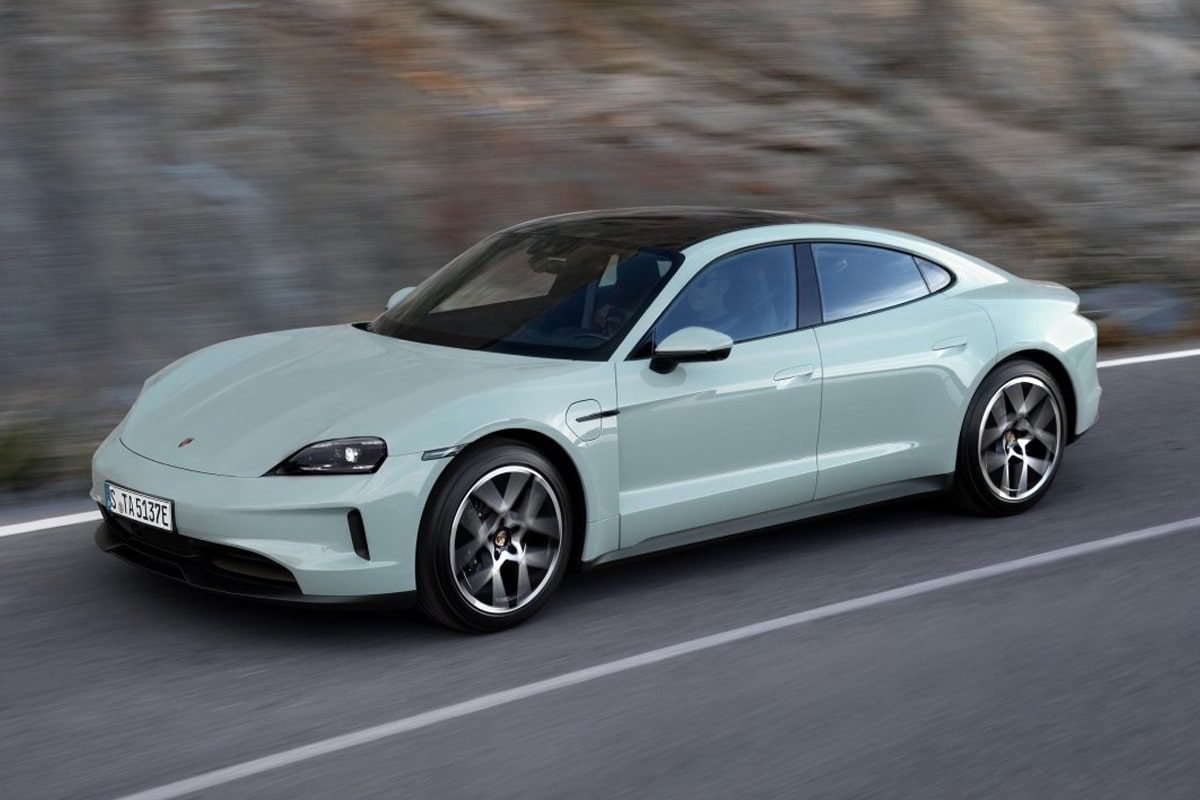
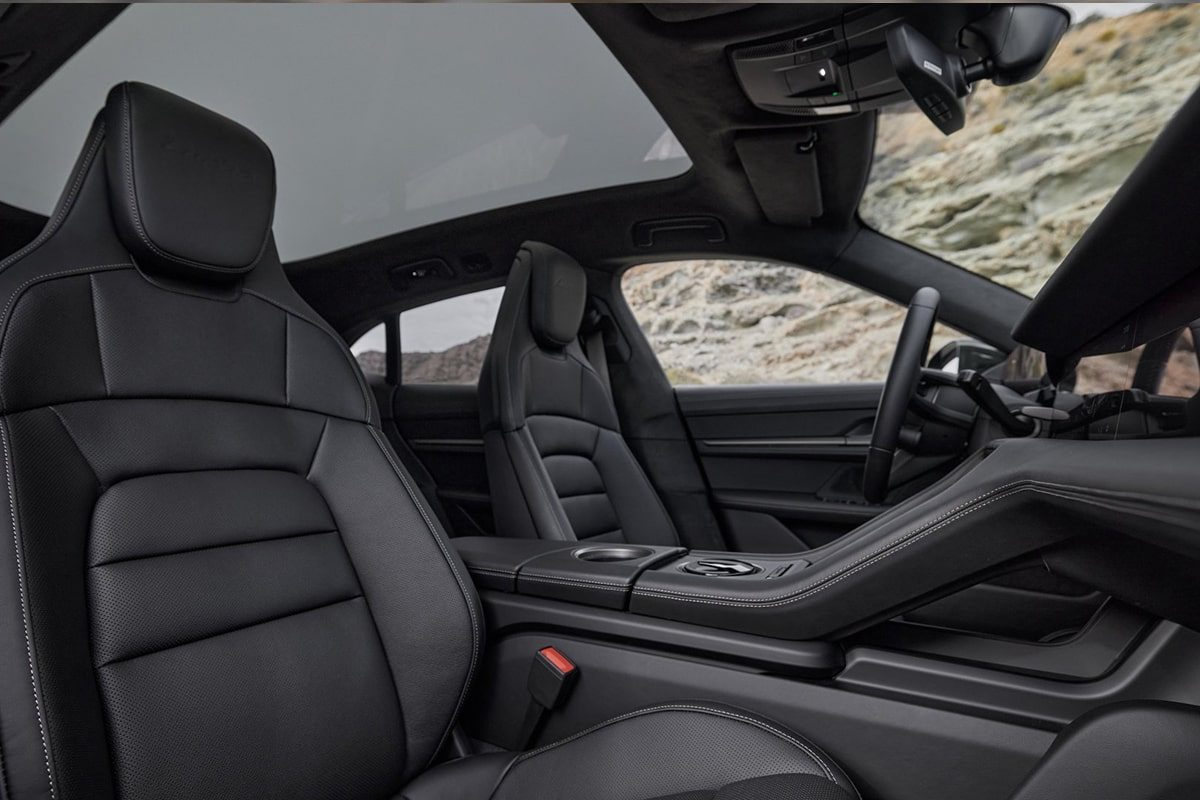
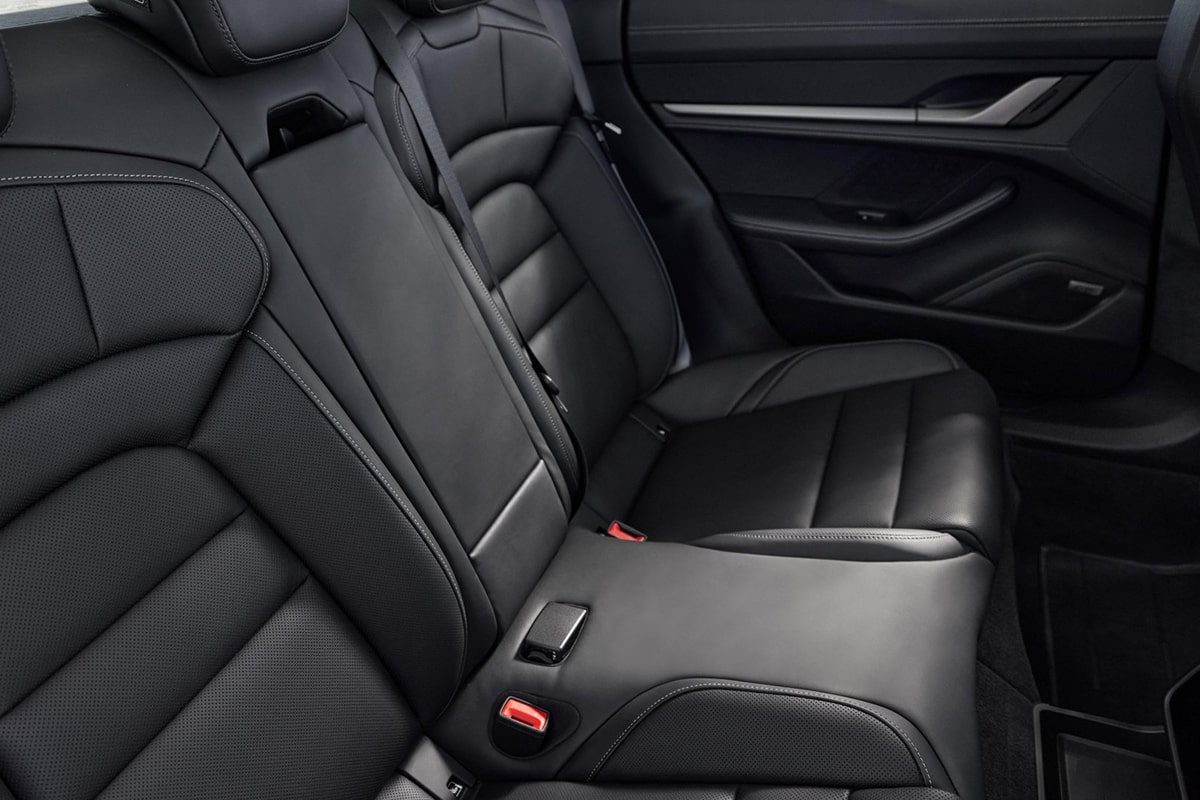
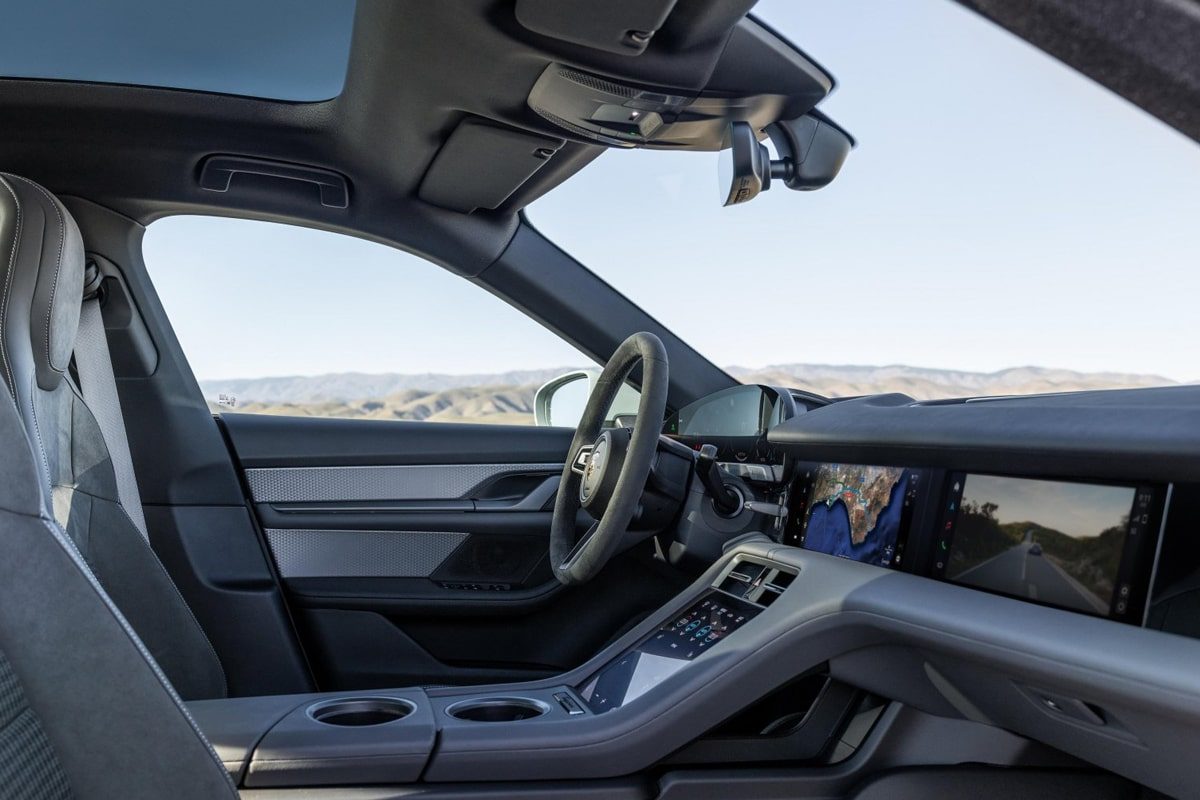
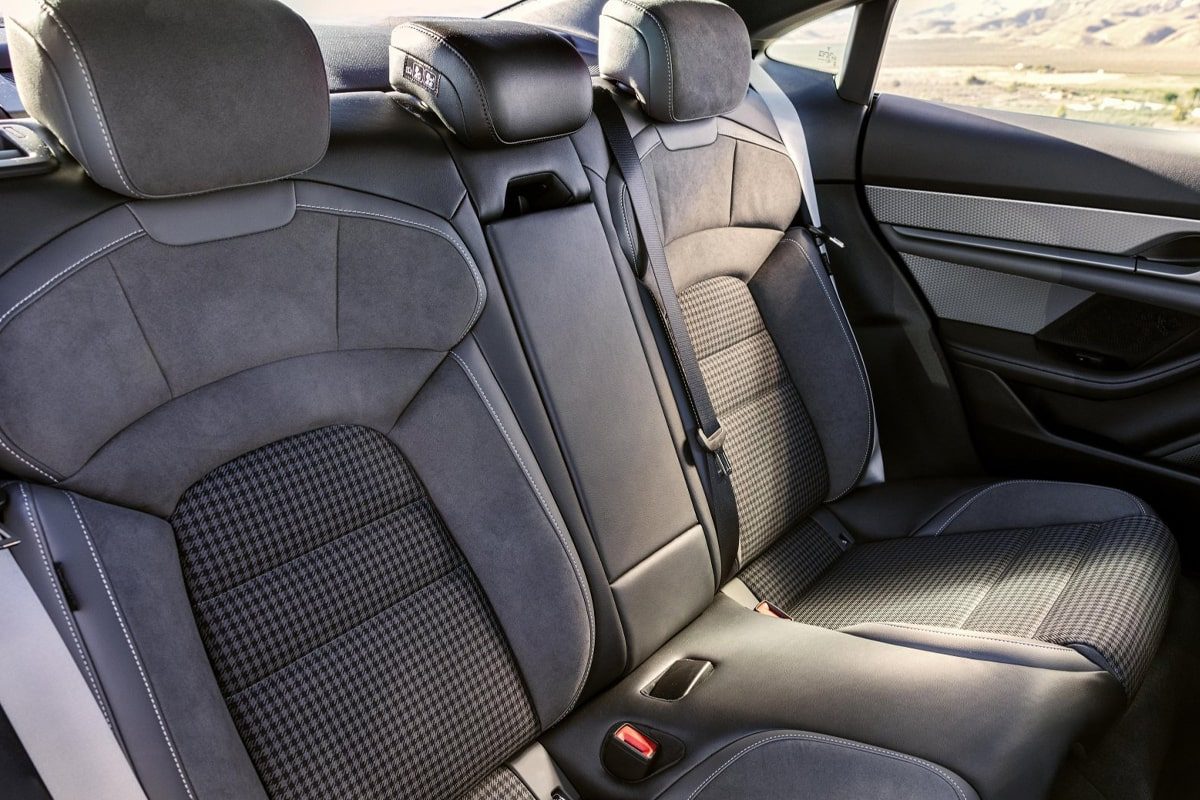
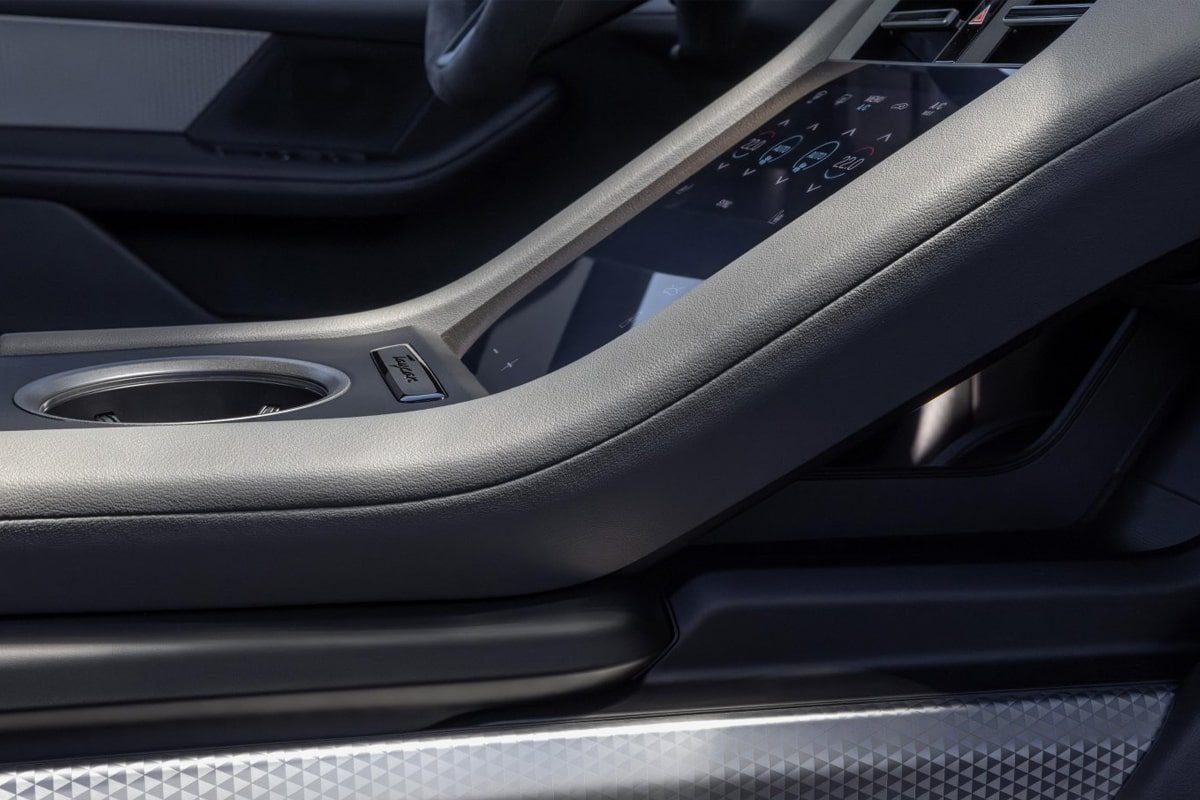
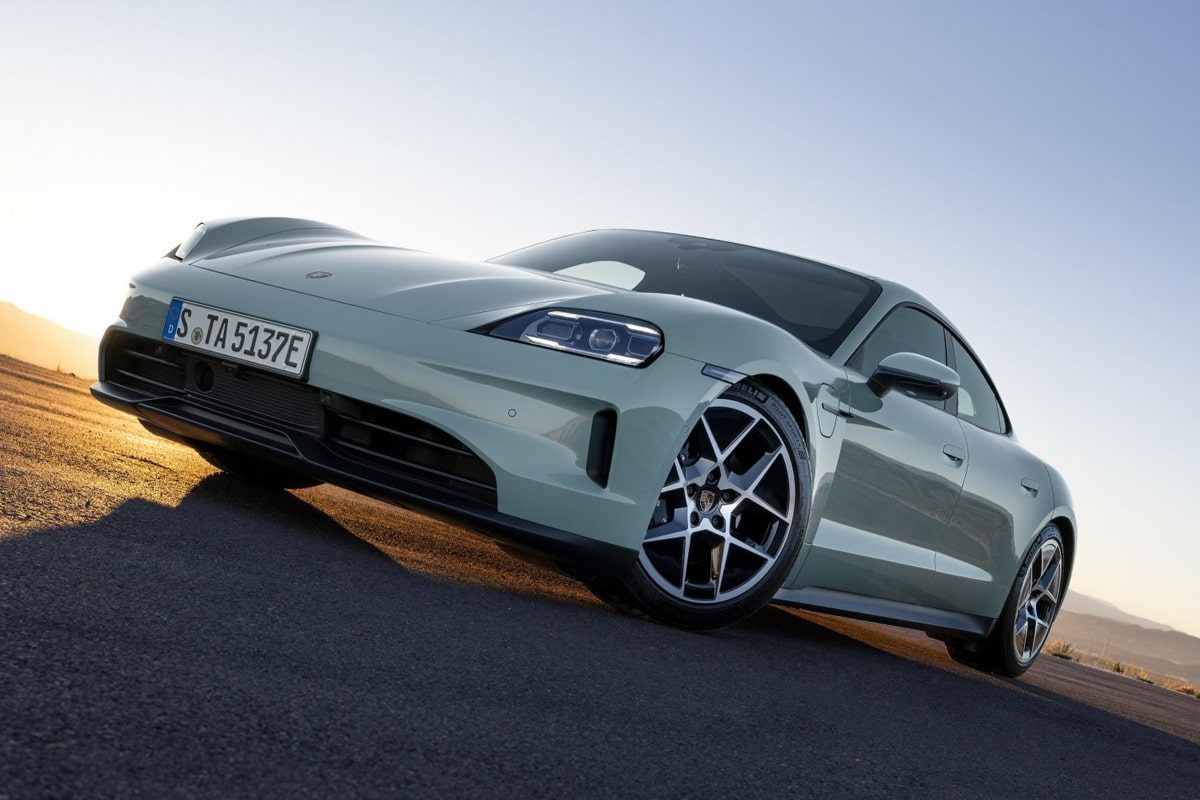
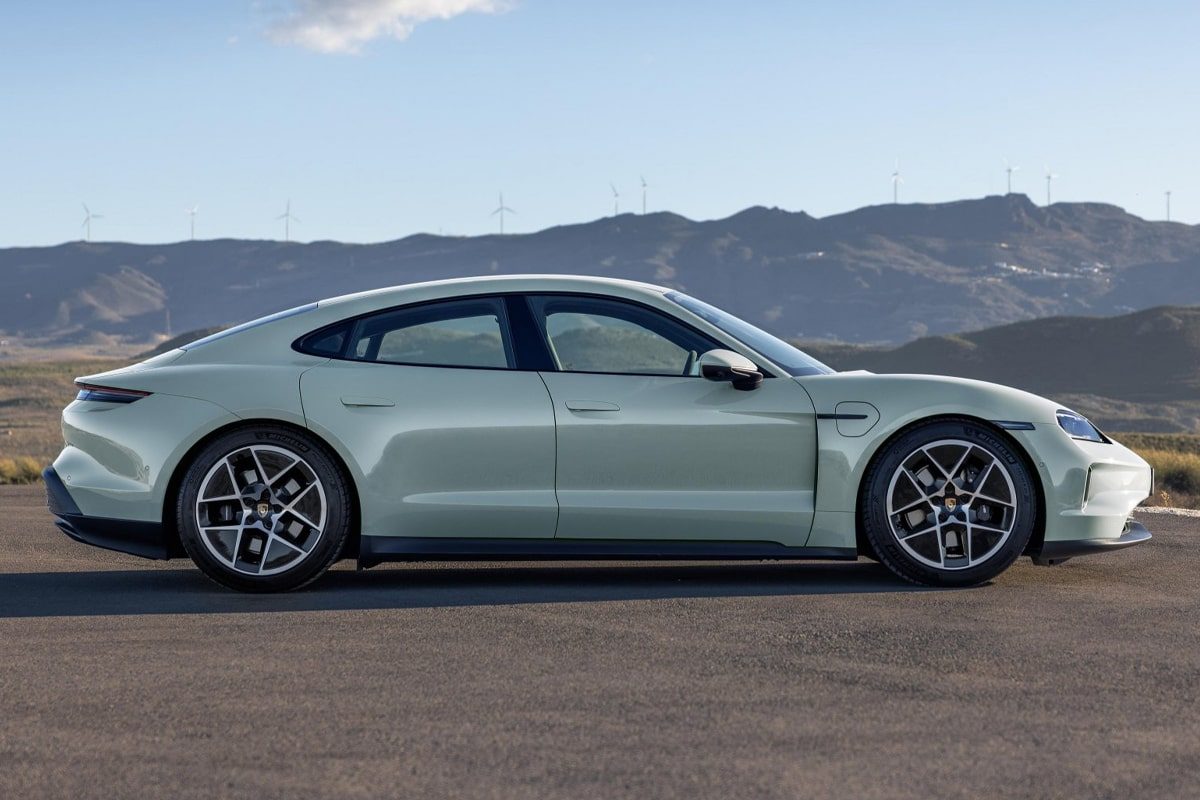
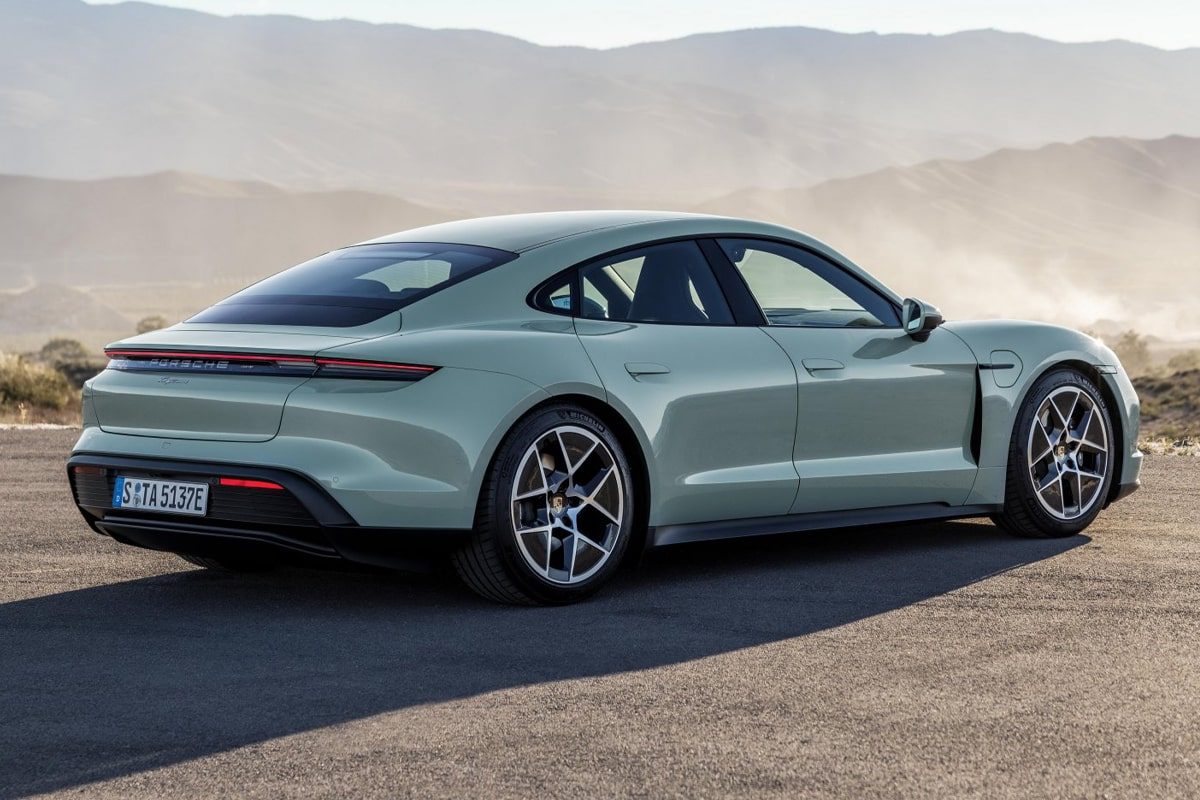
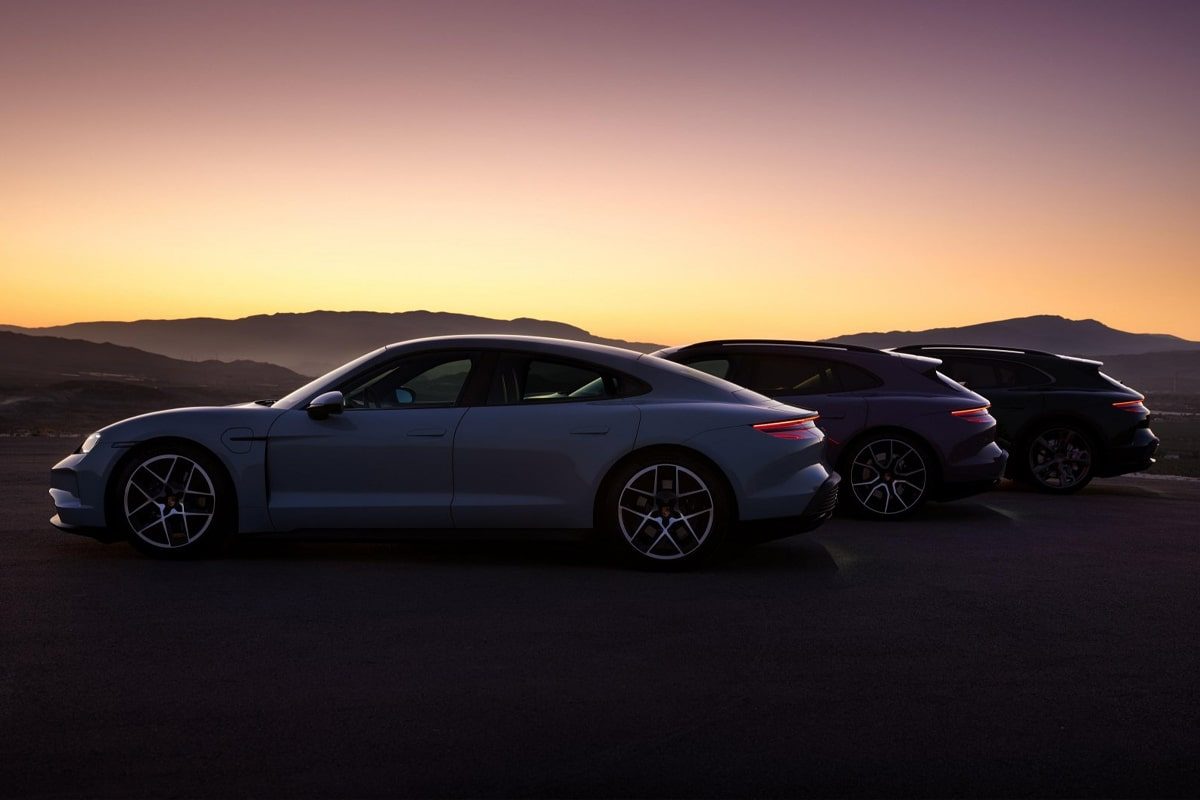
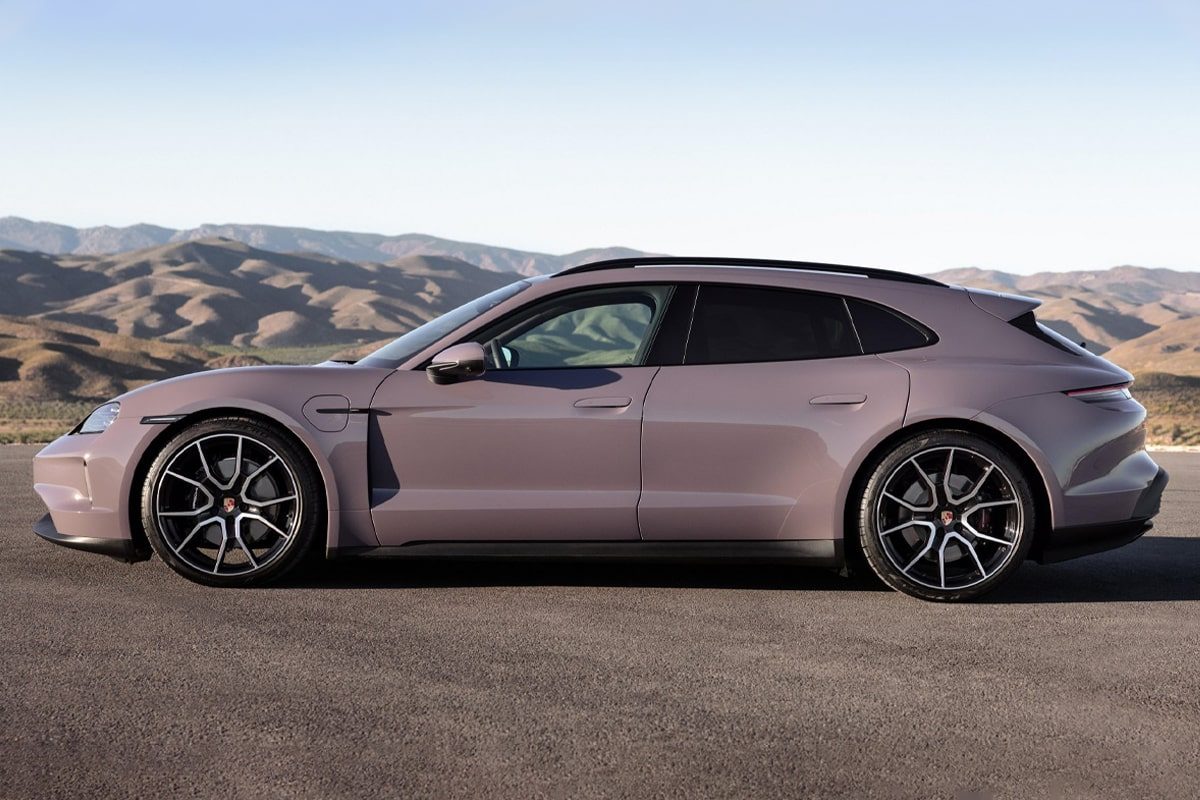
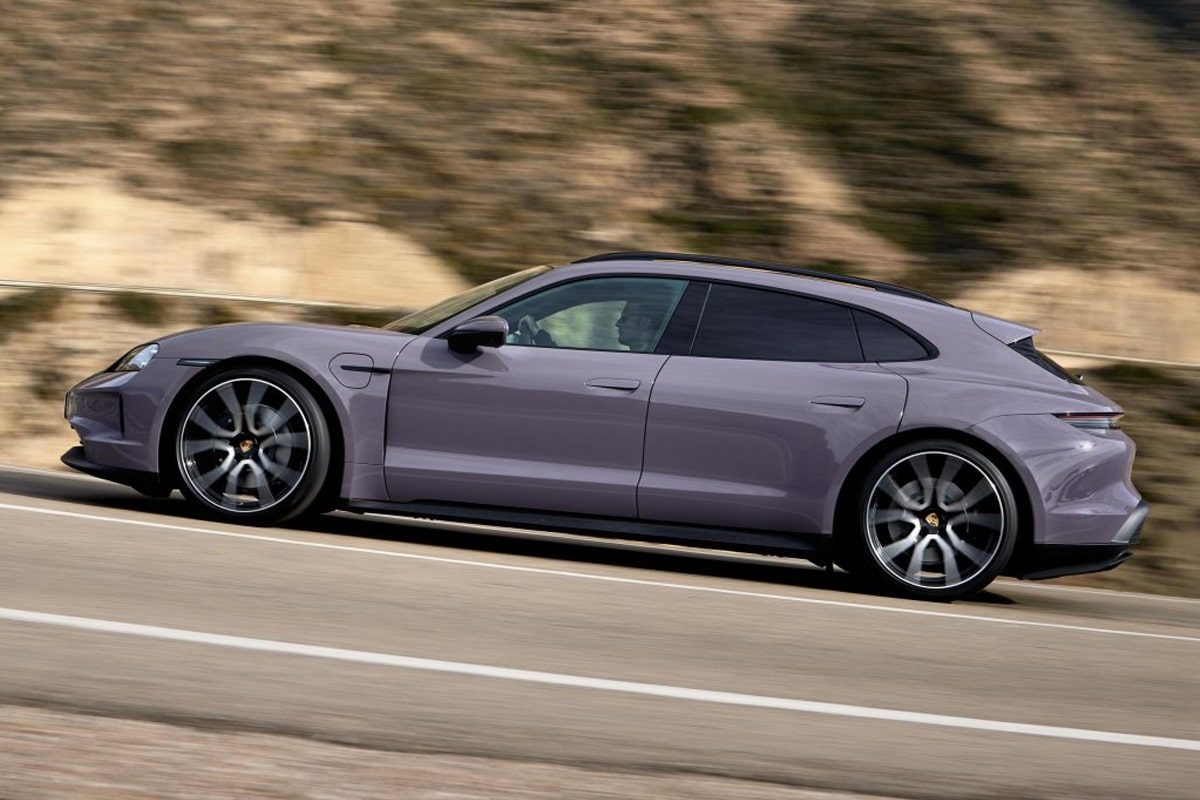
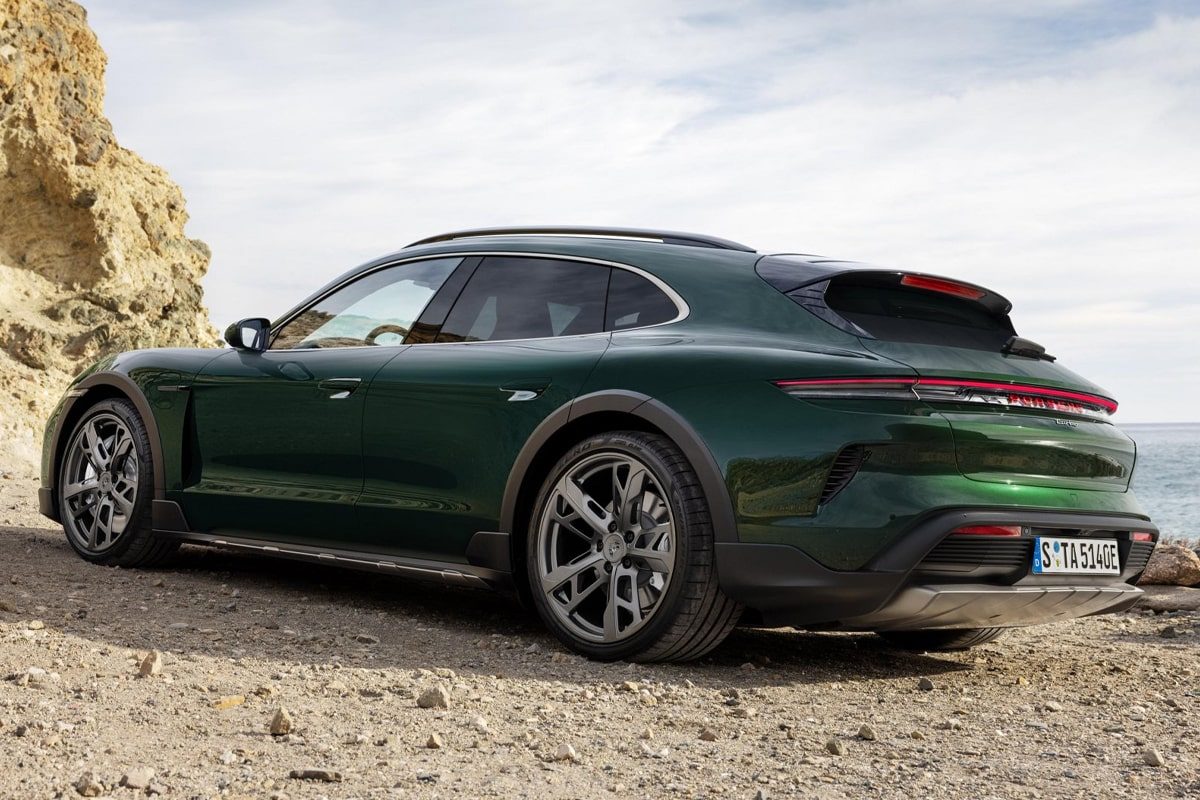
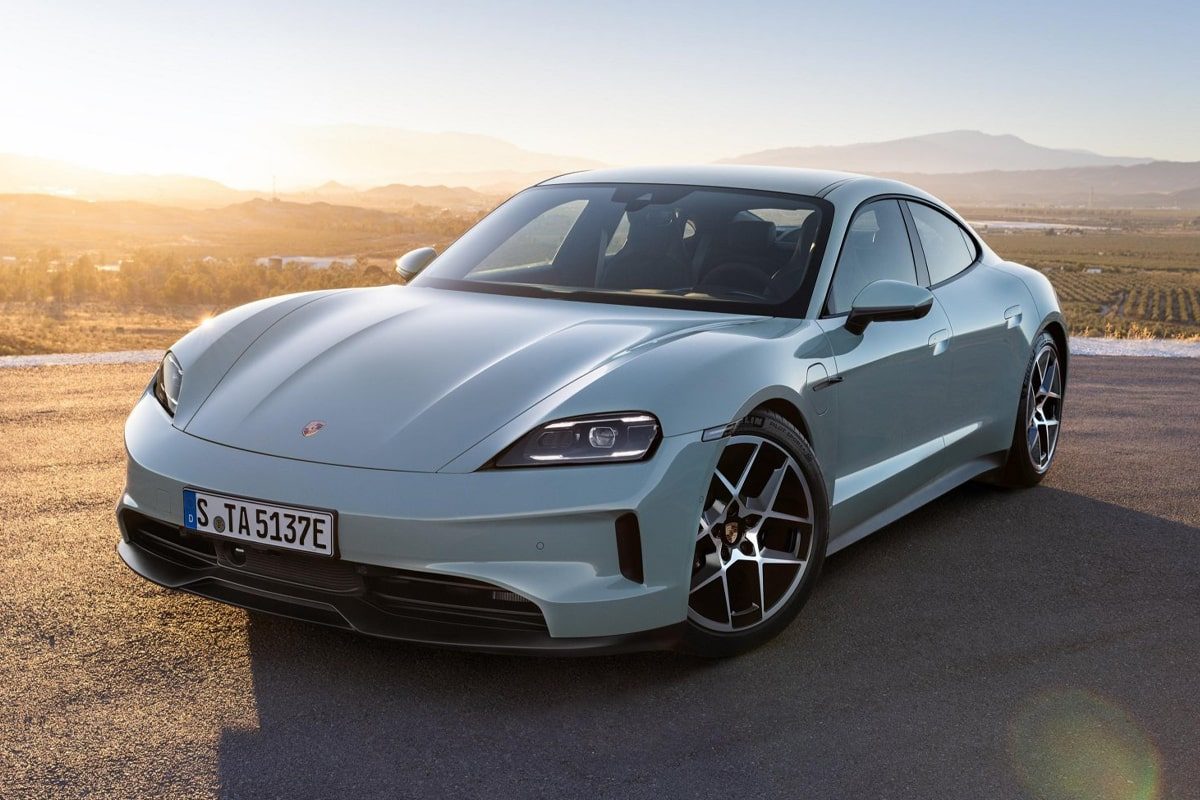
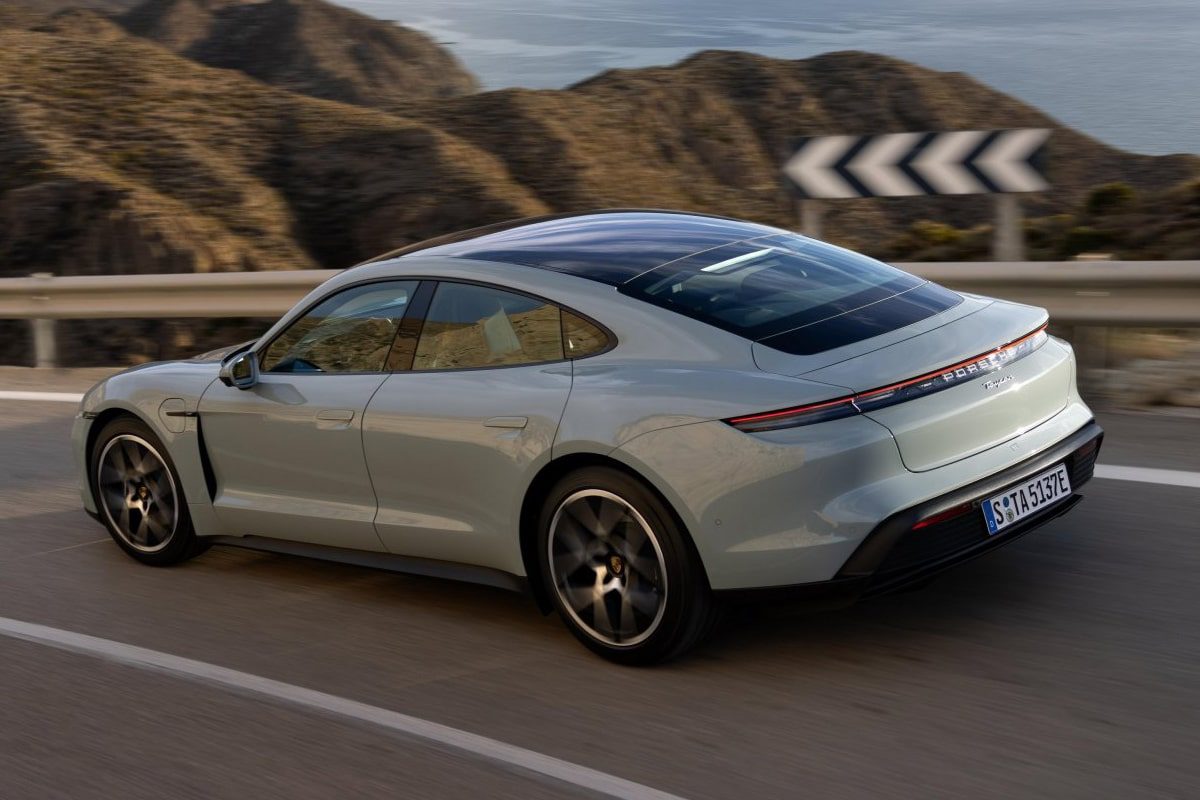
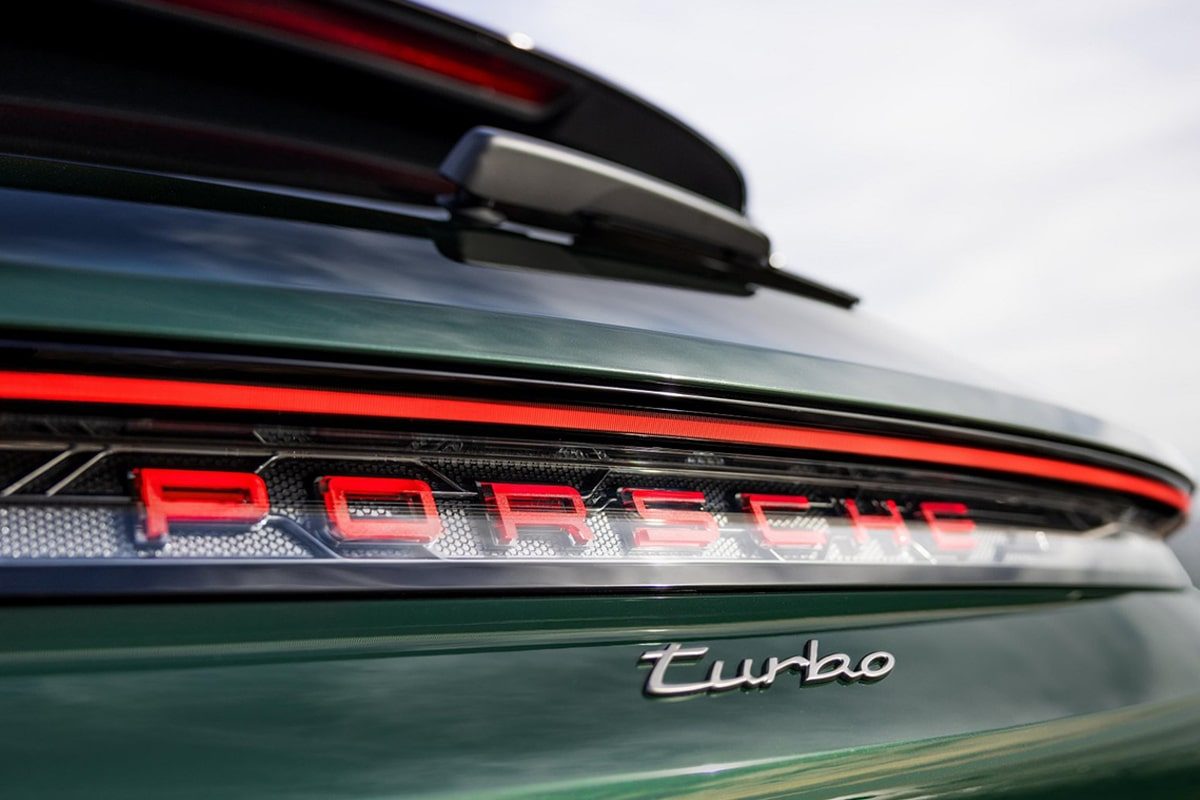
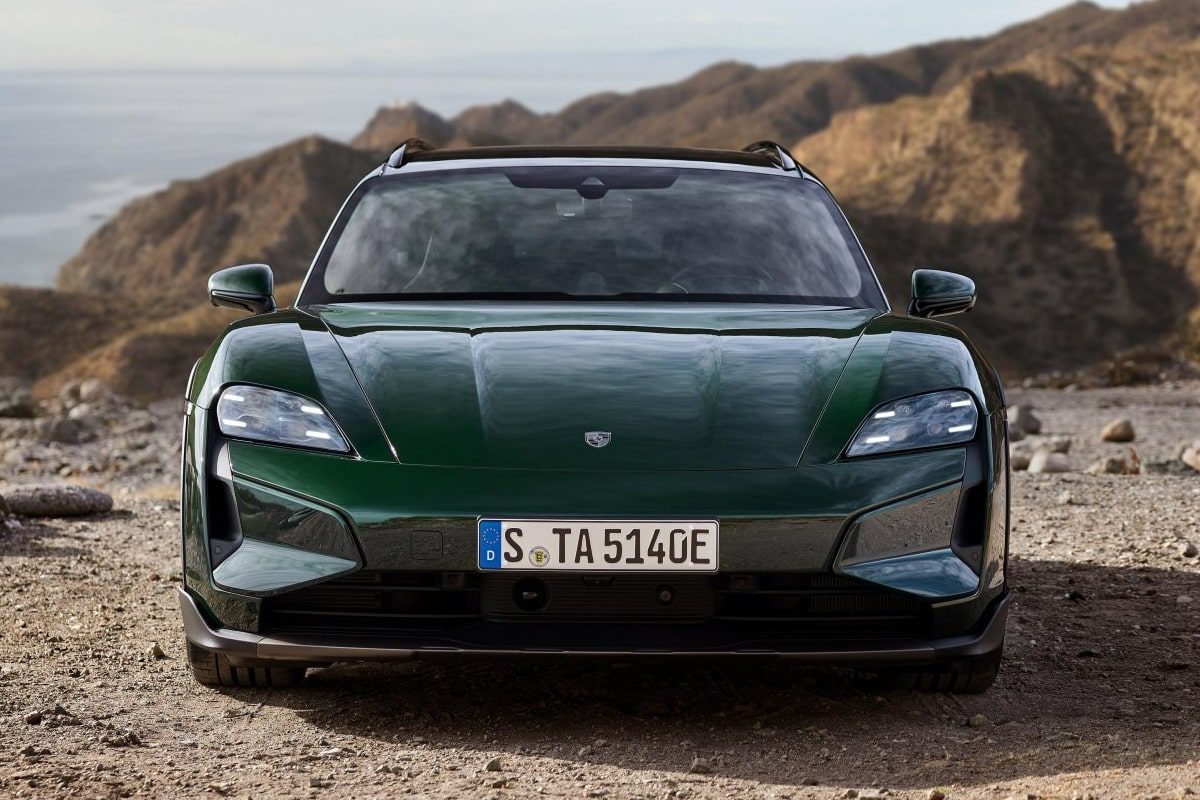
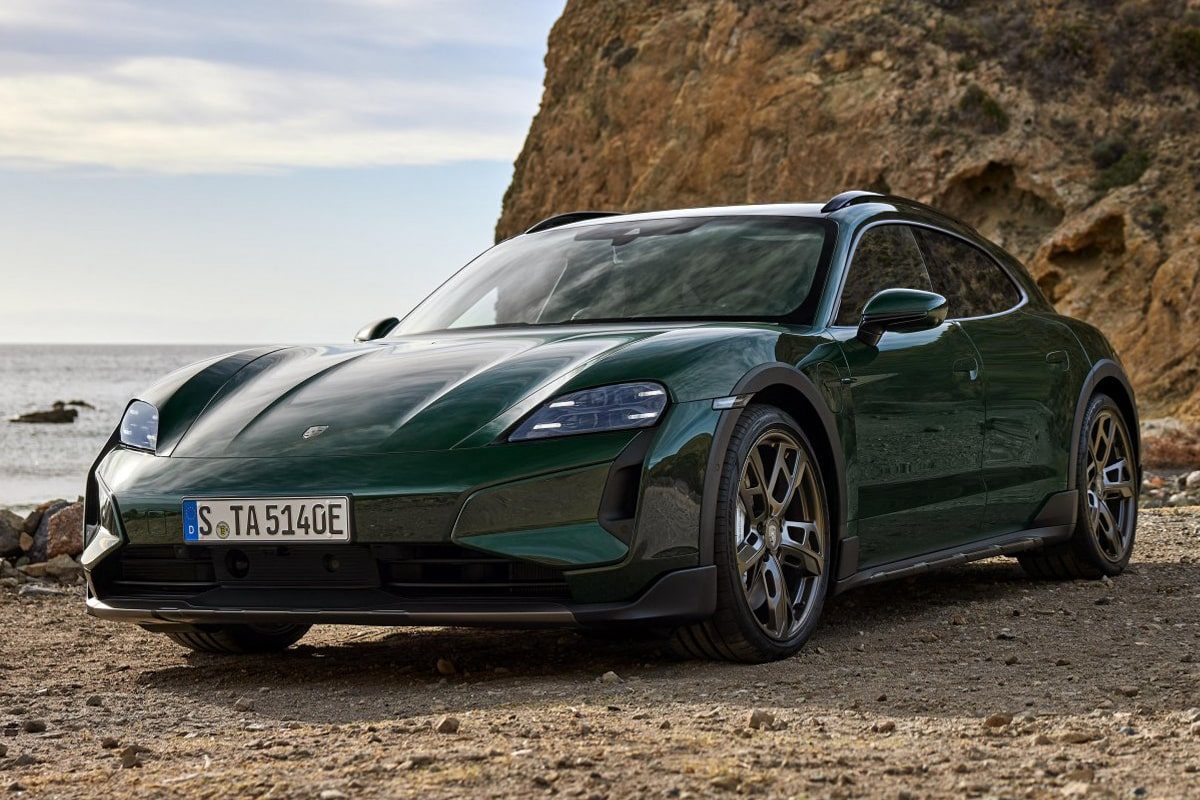
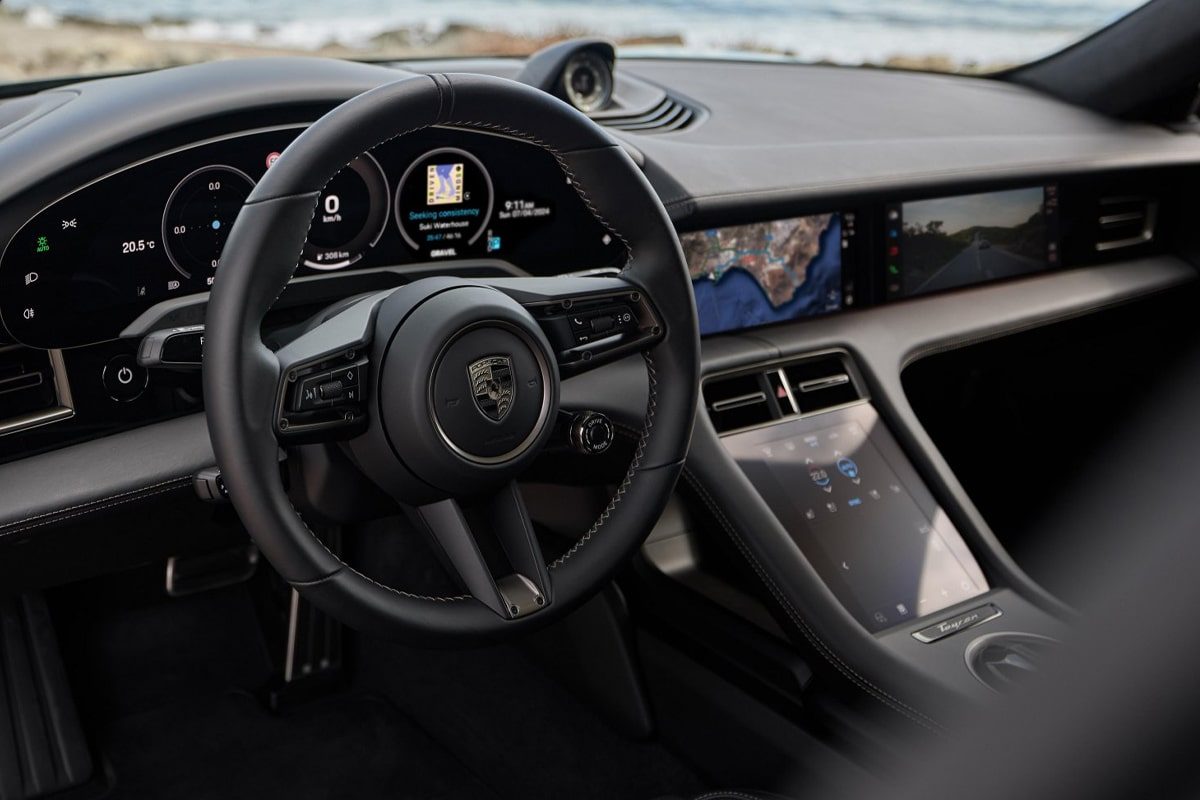
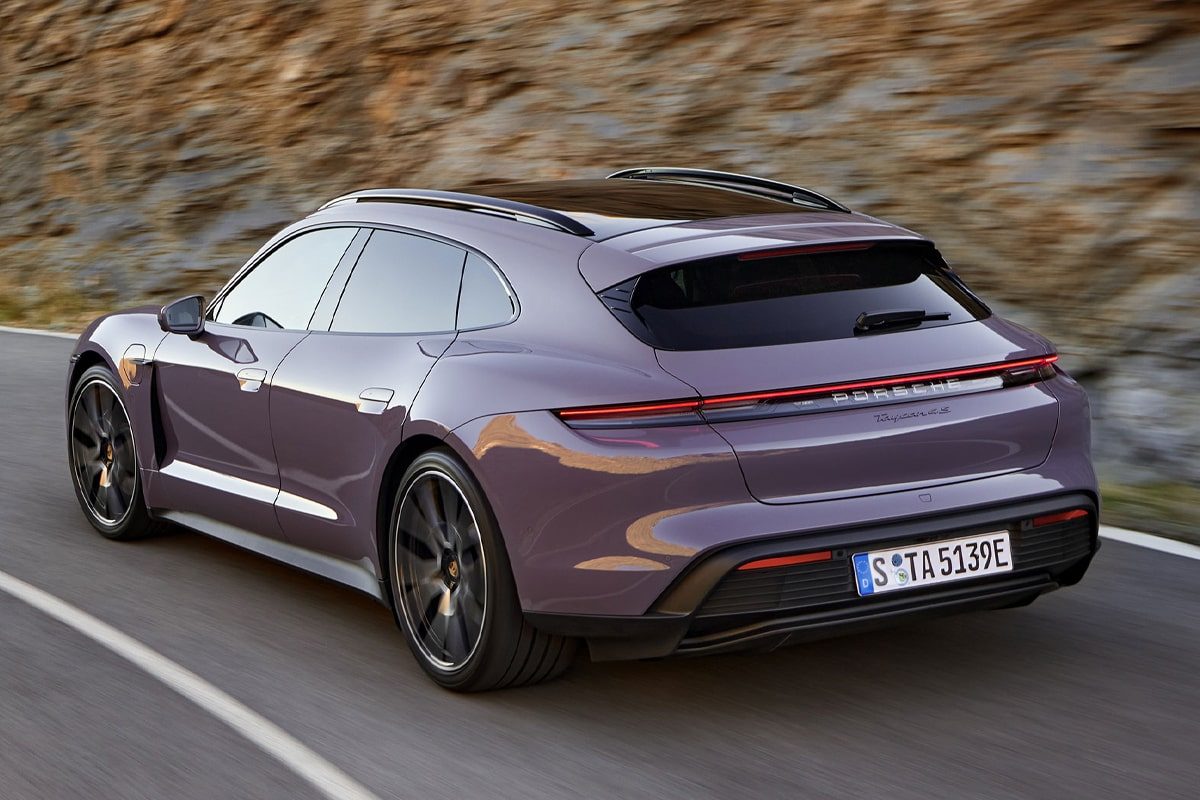
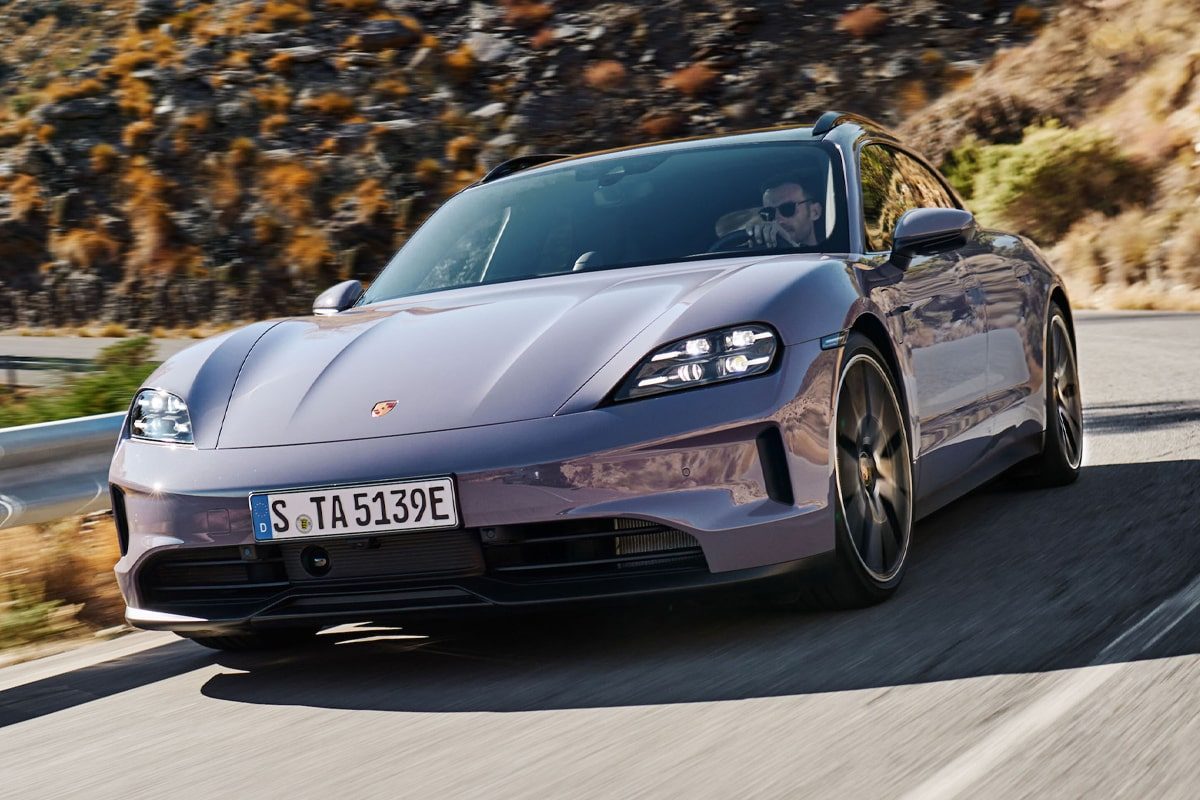
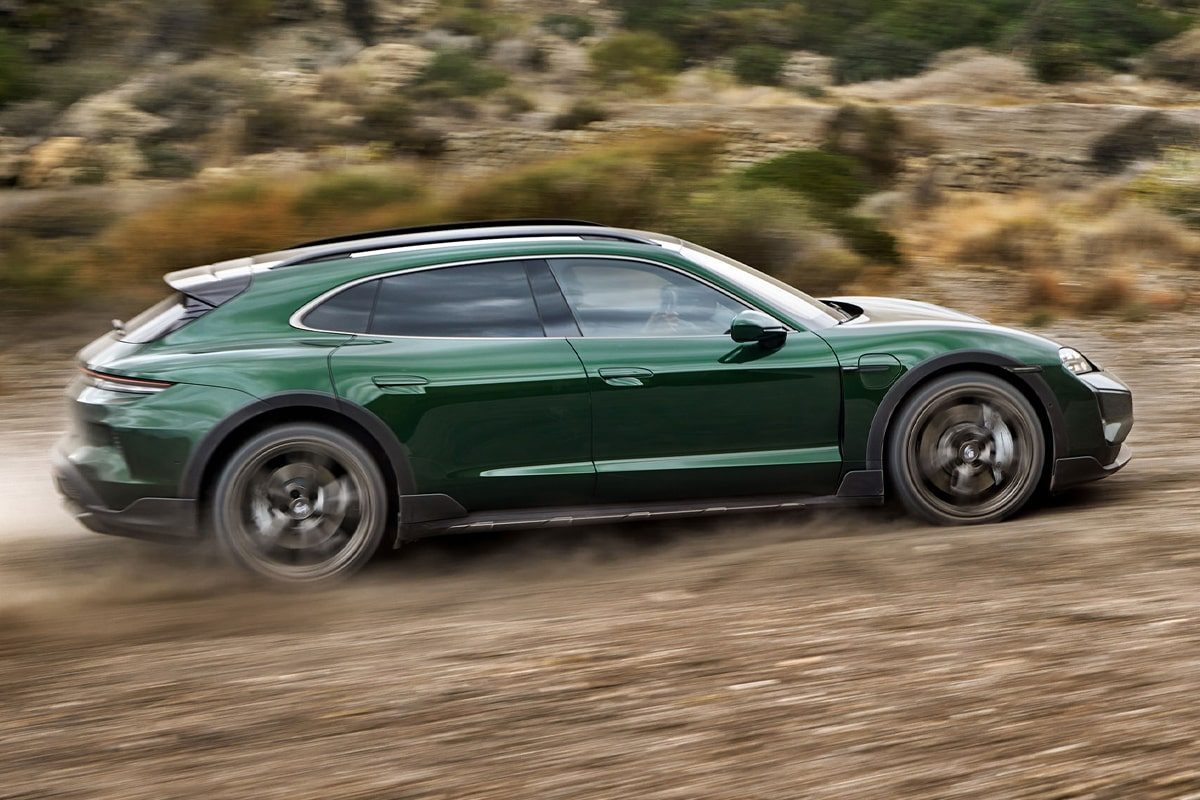
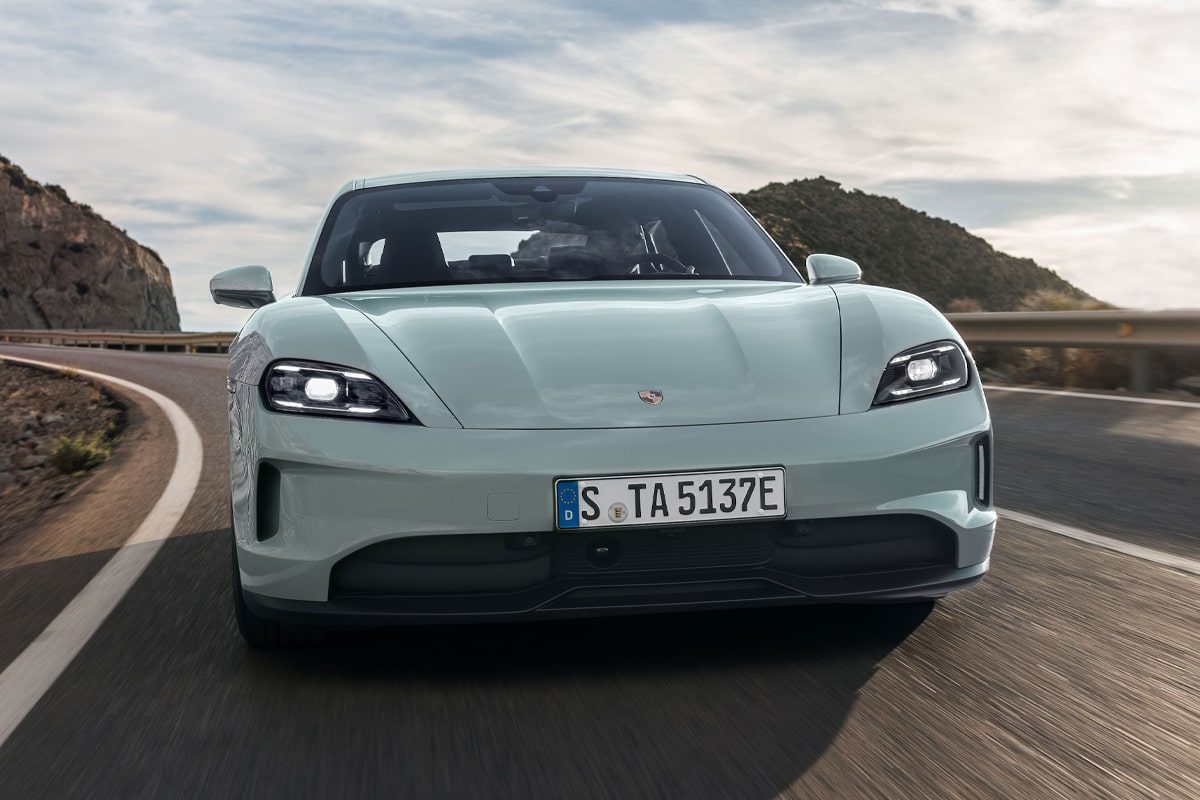
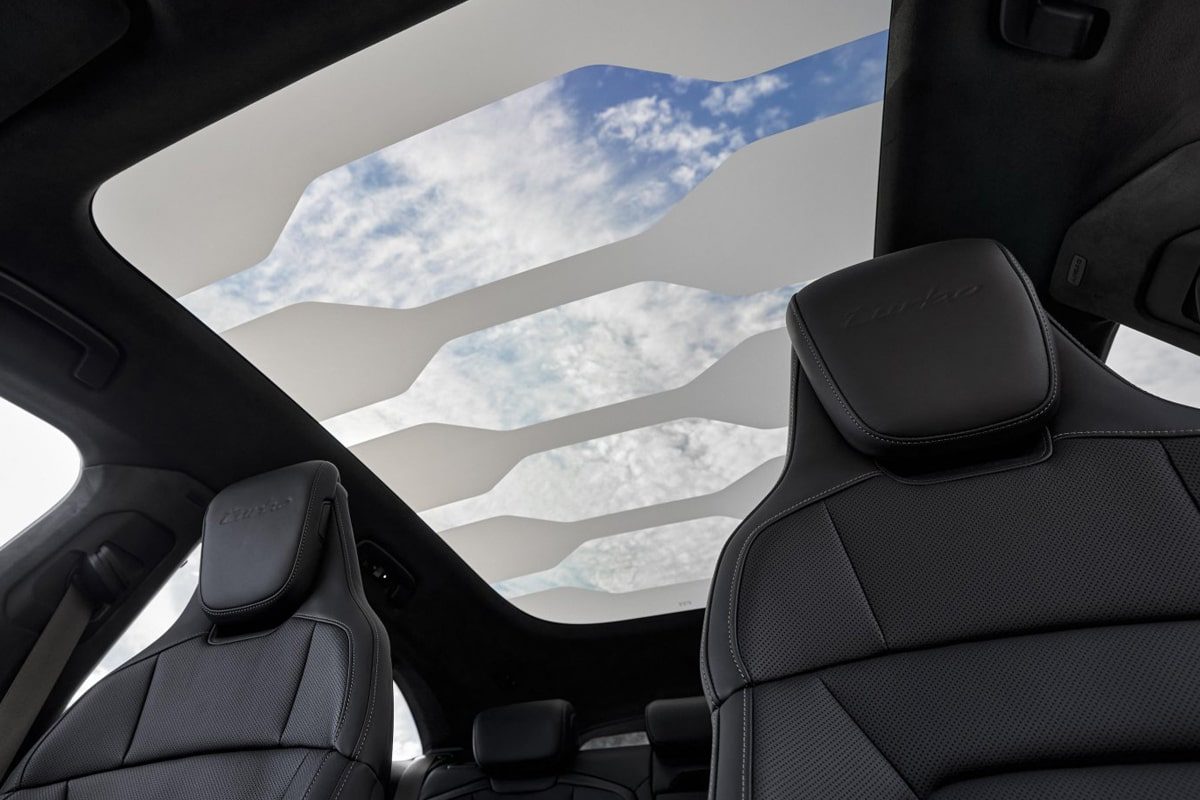
The facelift, which is being introduced in parallel for the three body versions Saloon, Cross Turismo and Sport Turismo, includes adaptive air suspension as standard. The new Porsche Active Ride suspension can be ordered as an option for the all-wheel-drive versions. According to Porsche, this system is intended to offer “a previously unrivalled range between ride comfort and driving dynamics”.
Although the standard equipment has been extended, the weight has been reduced by up to 15 kilograms. Ambient lighting, ParkAssist including reversing camera, electrically folding exterior mirrors with mirror surround lighting, heated front seats, Porsche Intelligent Range Manager (PIRM), heat pump with new cooling concept, smartphone tray for wireless charging, electric charging flap on the driver and passenger side, Drive Mode switch and Power Steering Plus are now standard.
Visually, the facelift of the Taycan can be recognised by the headlights, for example. These still have a similar basic shape as before. However, the element running downwards on the outside of the headlights (an air inlet for the air curtains) has been redesigned. It no longer forms a visual unit with the headlamp but is integrated independently into the redesigned bumper. The HD matrix light of the optional main headlights is also new: instead of 84 pixels, the LED light can now display a whopping 32,000 pixels. There are also small changes at the rear: The Porsche lettering in the light strip at the rear is three-dimensionally moulded and has a glass look. For the first time, it is available on request in an illuminated version with welcome and farewell animations.
Inside, the instrument cluster, central display and optional front passenger display have an optimised user interface with additional functions. Apple CarPlay has now been integrated deeper into the vehicle displays and functions. The new In-Car Video function enables video streaming on the central display and the front passenger display.
“We ushered in the new era of e-mobility with the Taycan at the end of 2019. It immediately proved to be a game changer and innovative pioneer in the e-vehicle segment,” says Kevin Giek, Head of the model range. “We are now continuing this success story with the extensively updated Taycan. The model line has reached new heights in terms of performance, with exceptional driving dynamics and driving pleasure. At the same time, we were able to significantly improve efficiency, range, day-to-day usability and comfort.”
The revised versions of the Taycan, which will continue to be built at Porsche’s main plant in Zuffenhausen, are scheduled to arrive at Porsche Centres in spring 2024. The basic Taycan sedan will start at 101,500 euros, while the most affordable all-wheel-drive Taycan 4S will cost at least 120,900 euros. The turbo models, which are more differentiated than before, start at 175,600 euros and 209,900 euros for the Taycan Turbo S. The prices of the other body versions are slightly higher.

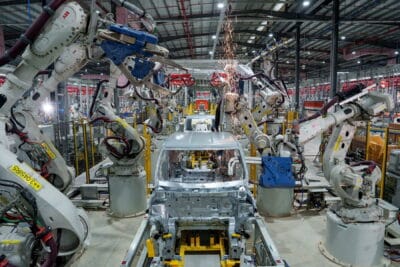
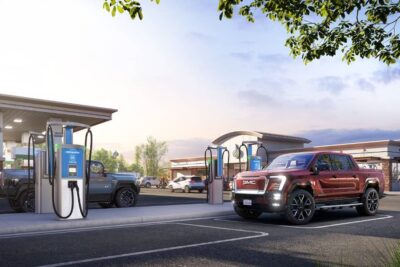
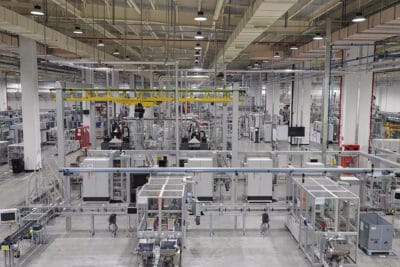
1 Comment